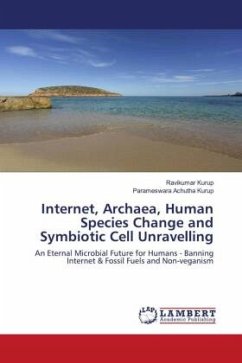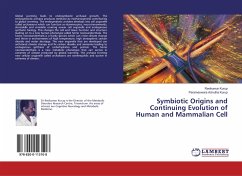The human species evolved by symbiotic evolution. The symbiosis of archaea led to the evolution of the homo neanderthalis with Neanderthal brain having a smaller frontal cortex and a bigger cerebellum leading to an epidemic cerebellar cognitive disorder. The evolution of the homo sapiens was due to retroviral infection and integration of the retrovirus into the genome leading on to widespread expansion of the frontal cortex. Human evolution is due to symbiosis. But there is evidence that the symbiotic cell is unraveling. Human endosymbiotic archaeal growth due to expression of archaeal genomic sequences in the human genome can lead to civilizational diseases and a new human species called homo neoneanderthalis. The homo neoneanderthalis is a new human species created by global warming and low level of EMF pollution due to widespread internet use. The homo neoneanderthalis is generated by unraveling of the symbiotic cell as well as neosymbiosis.
Hinweis: Dieser Artikel kann nur an eine deutsche Lieferadresse ausgeliefert werden.
Hinweis: Dieser Artikel kann nur an eine deutsche Lieferadresse ausgeliefert werden.








